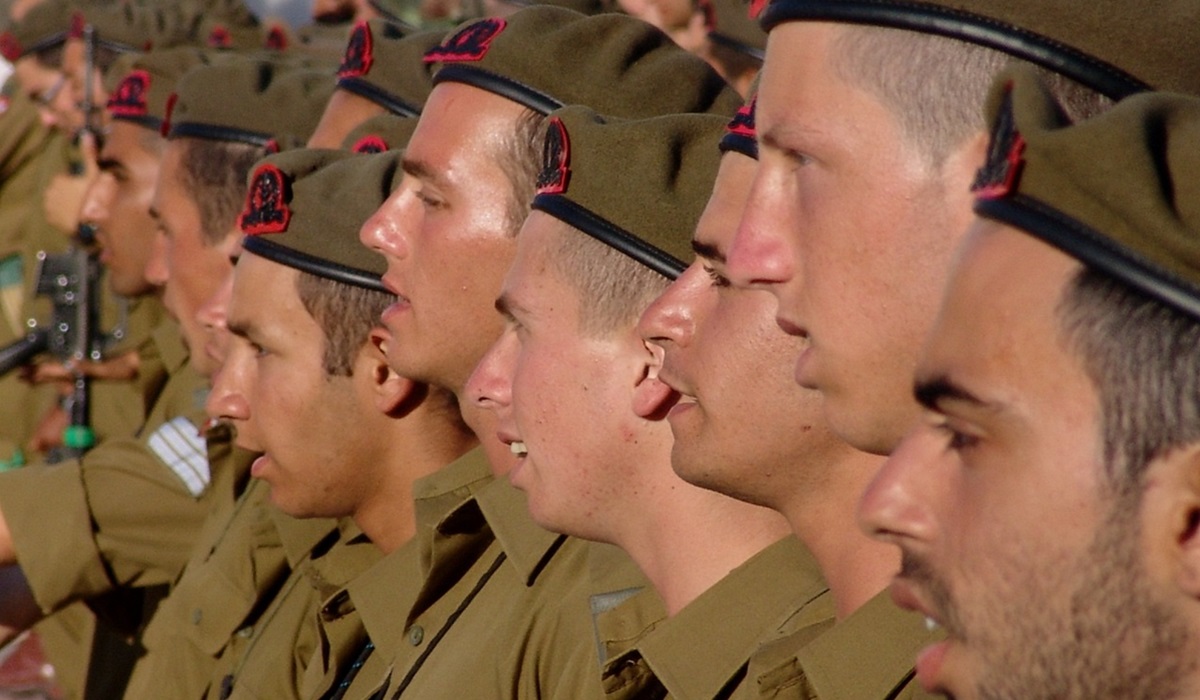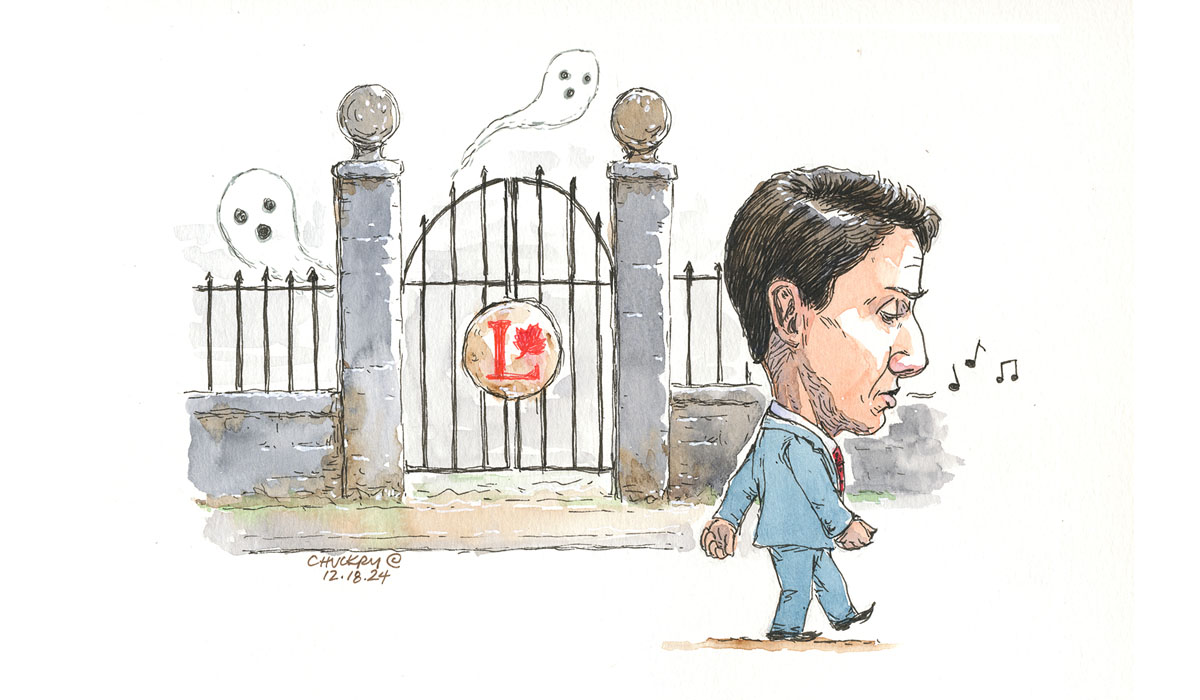Hezbollah Drone Attack On Israeli Military Base Leaves 4 Dead and Over 60 Injured
- TDS News
- Middle East
- Trending
- October 14, 2024

Unanswered Questions: How Did Hezbollah’s Drone Penetrate Israel’s Defenses?
Image Credit, Kim Shaftner
Sunday’s Hezbollah drone attack on the Israeli Defense Force (IDF) training base in Binyamina, near Haifa, has left the nation reeling, with critical questions about the country’s defense capabilities being raised. The attack, which struck the dining hall of the base, killed four soldiers and injured over 60 others, all while Israel was already under fire from hundreds of rockets launched by Hezbollah during the Jewish holiday. As millions of Israelis huddled in bunkers, alarms blaring, the drone’s successful breach of the country’s defenses brought to light unsettling vulnerabilities in Israel’s much-touted missile shield, the Iron Dome.
Hezbollah’s barrage of rockets, launched in quick succession over the holiday, put immense pressure on Israel’s missile defense systems. While the Iron Dome was able to intercept a significant number of rockets, the drone strike on the military base in Binyamina proved to be a chilling reminder that even the most sophisticated defense systems can be overwhelmed or bypassed. Initial reports suggested that the drone had gone undetected, explaining why no alarms or sirens were triggered at the base, leaving soldiers unaware of the impending strike. Other conflicting reports claim two drones were detected—one was shot down, while the other was presumed to have crashed or simply escaped tracking, allowing it to reach its target.
The confusion surrounding the incident has only deepened public concerns about the effectiveness of Israel’s defense strategy. The Iron Dome, often portrayed as an impenetrable barrier, seems to have faltered at a critical moment. Citizens are asking how such an attack could have occurred while the country was already under heavy rocket fire, and whether the sheer volume of rockets diverted attention from the incoming drone. More troublingly, the discrepancies in reports have left many wondering if they are getting the full story from the government and the military.
The Israeli government tightly controls the flow of information, especially when it concerns military matters. In times of war or heightened conflict, the state imposes strict media regulations, making it difficult for journalists to report on any potential defense failures. Journalists who attempt to shed light on such shortcomings often face censorship, raising concerns about whether the public is being fully informed about the true extent of the nation’s vulnerabilities.
In the aftermath of the attack, the Israeli Defense Forces (IDF) have promised an investigation, but skepticism is growing. How was Hezbollah able to launch a coordinated attack with both rockets and drones on a well-fortified military base? And why were the Iron Dome’s radar and detection systems unable to neutralize the drone before it reached its target? These are the questions circulating among an increasingly anxious Israeli populace, many of whom spent the holiday in bunkers, fearing for their lives as rocket after rocket rained down.
Further fueling the uncertainty were rumors spreading on social media that Israeli Army Chief of Staff Herzi Halevi had been killed in the drone strike. Though the IDF quickly refuted these claims, stating that Halevi was not at the base, the widespread belief in these rumors speaks to the state of heightened fear and distrust among the public. In the absence of transparent, credible information, disinformation can easily take root, amplifying the already tense atmosphere.
As the drone strike and the rocket barrage become emblematic of a new phase in Hezbollah’s military strategy, Israel finds itself at a critical crossroads. The Iron Dome, once a symbol of national pride and security, now appears to have critical gaps that non-state actors like Hezbollah are exploiting. This incident has shaken public confidence in Israel’s ability to protect itself from evolving threats, particularly at a time when rocket attacks are becoming more frequent and deadly.
While the government reassures citizens that investigations are ongoing and steps will be taken to reinforce the nation’s defenses, the deeper concern remains: Are Israelis truly being told everything? With state-controlled media tightly regulating information, many fear that the vulnerabilities in their defense systems are being downplayed or hidden altogether. As citizens ask tough questions about their safety, they are left wondering whether the state’s focus is on protecting them—or on preserving the image of invulnerability.
In the midst of this heightened violence and uncertainty, one bitter truth prevails: in war, there are no real winners. Those who profit from the production of weapons, defense systems, and the machinery of conflict stand to gain, while everyday people pay the price. As the cycle of violence continues, the only beneficiaries are those with financial stakes in the war itself, leaving the rest to bear the devastating consequences.








